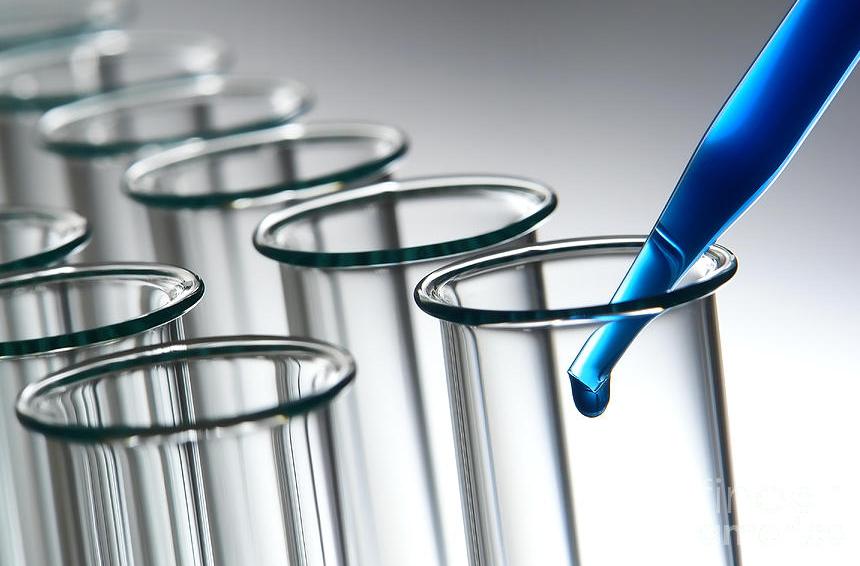Immortal Meals #32: Molecular Gastronomy, 1910? February 26, 2017
Author: Beach Combing | in : Modern , trackbackIn December 1910 a Dr. Stillman, head of the laboratory at the Stevens Institute of Technology, New York, decided to offer some lucky guests a synthetic meal: ‘On the side table were test tubes, bunsen burners, retorts, bottles of various reagents, and so forth.’ Do we glimpse here the beginning of molecular gastronomy?
The menu at first glance looks fairly unpromising.
Martini Cocktail
Oysters Cocktail
Chablis Moutonne.
Clear Green Turtle Soup.
Synthetic Biscuits.
Butterine.
Creme Glacee.
Coffee Substitute.
Synthetic Creme de Menthe.
However, Stillman proved an original cook. Now the oysters, the meat and, thank God, the salad were all natural. Everything else, though, was created in the lab before the diners. For example, the cocktail…
‘The cocktail with which the meal commenced was made in a few minutes. Into its composition, entered spirits of wine, ice, absinthe, while a yellow aniline dye gave the necessary colouring.’
The sauce for the oysters ‘was a compound of citric acid, artificial vinegar, and red aniline.’
The Chablis included ‘tartar, acetic acid, glucose, alcohol, distilled water, and naphthol.’
As to the crème glacee: ‘Cottonseed oil mixed with water was whirled round in a machine at 3,000 revolutions a minute. The cream thus obtained was cooled by one of the methods known to chemists, and the addition of nitrobenzol gave it the desired flavouring.’
The report ends with the reassuring information that the guests ‘heartily enjoyed the meal, and suffered no ill-effects.’
Other immortal meals: drbeachcombing AT yahoo DOT com



